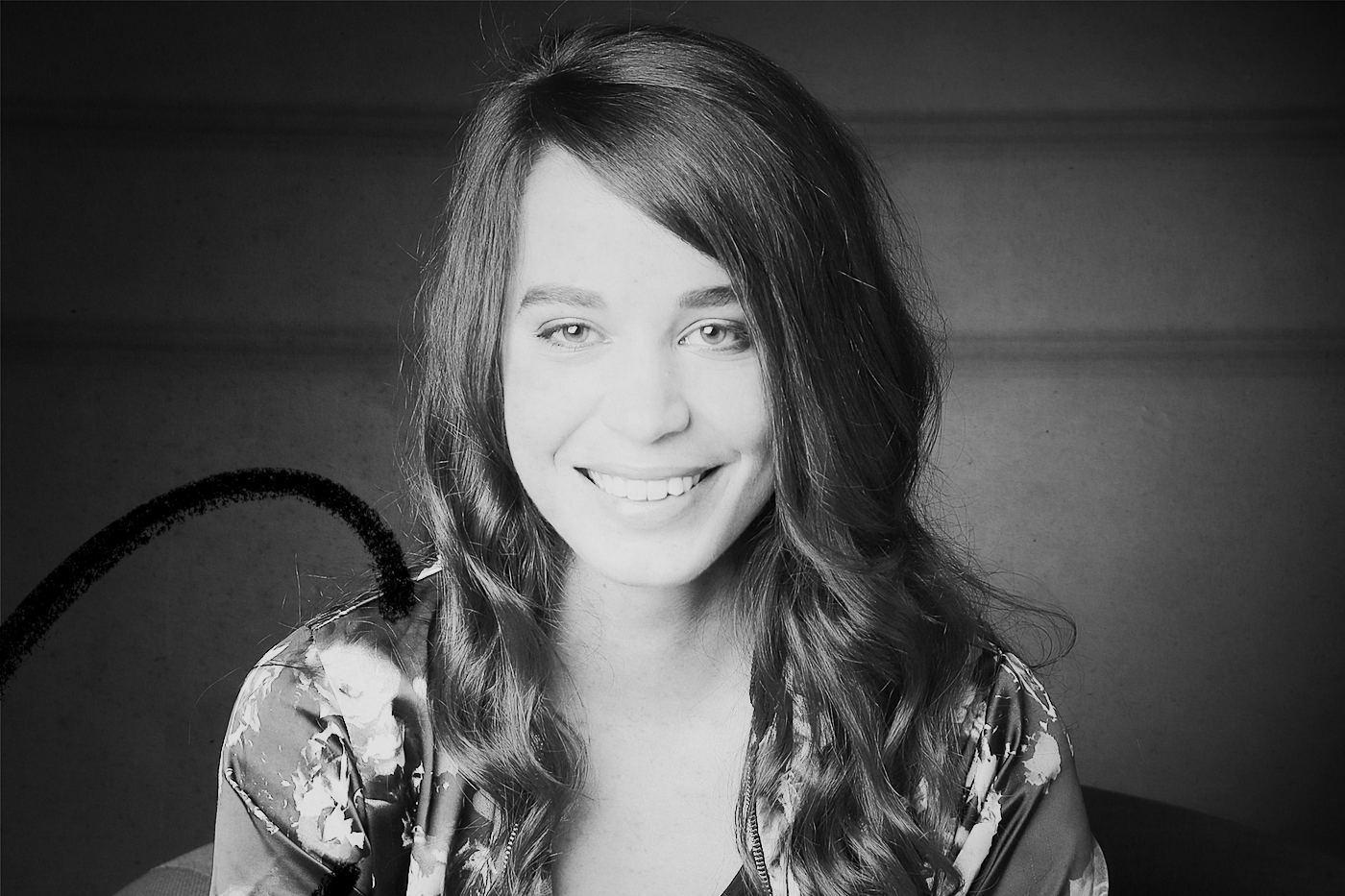
How Anne-Laure Le Cunff Wrote 200 Articles In One Year
Mindful productivity helps her stay prolific without burning out
July 25, 2020
This post was written by Dan Shipper and Annaliese Griffin.
Ask Anne-Laure Le Cunff how she built her productivity stack and you get an answer that sounds more like a Zen koan than a list of apps and life hacks. “My system works for me because it works for me,” she calmly explains.
She’s a former Googler and a serial entrepreneur who now runs Ness Labs — a content hub and community centered around a system she created called “mindful productivity.” It might sound woo-woo, but the results speak for themselves:
She writes 3 articles a week for her newsletter, and has amassed an audience of over 14,000 subscribers since she started. She’ll publish over 200 pieces this year. And as if all that wasn’t enough, she’s simultaneously earning a masters degree in applied neuroscience at King’s College in London.
I’m no productivity slouch, but I still have to wonder: how does she juggle everything she does so effortlessly?
It turns out that the core weapons in Anne-Laure’s mindful arsenal are remarkably analog. She uses a “plus, minus next” format to help her review her week, and combines that with a dead-simple planning technique: every Sunday night, she writes out a single Post-It note with three goals to accomplish for the week.
For her, mindful productivity means consistently taking a step back to examine what she’s doing and why she’s doing it. It helps her make sure that each item on her todo list actually has value before she plows through it.
It undoubtedly works, but she came to it the hard way: through burnout. She’s experienced it twice in her life, and after the second bout she realized that something needed to change.
That’s what spurred her to develop her calmer approach — and it’s what helps her put out 200 articles a year without burning out.
Intrigued? In the rest of this interview we talk in detail about mindful productivity, how she plans and reviews her weeks, and the system she uses to create so. much. content!
Let’s dive in.
Anne-Laure introduces herself and explains mindful productivity
I am the founder of Ness Labs, which is a platform where I offer content, community, and coaching to help people apply mindful productivity principles to their work and lives.
Ness Labs is a response to the vast majority of productivity writing out there, which is all about getting stuff done, without encouraging people to ask themselves why they want to get those things done.
Most productivity hacks focus on which systems and tools to use. Ness Labs is about taking a step back and making time for reflection, making sure that your goals are aligned with what you want to achieve in your life. We want to change your thinking about productivity from quantitative to qualitative. What I mean by that is your week shouldn’t be about getting a lot done, but about doing the things that really matter. That’s how you know whether or not you’re succeeding.
Mindful productivity is also about finding balance in your life. Work can’t take everything out of you. You have time for other things that are important. Time to learn, to explore, to connect with people, to have interesting conversations, and to take care of your mental and physical health.
Mindful productivity started with burnout, but it’s about more than avoiding that
I developed these principles to help me avoid burning out again, because I’ve been through it twice before. The first time was at Google, and then again when I was working on my first startup. It was very difficult for me when the startup failed; I kind of felt like I lost my baby. I had a really hard time getting back on my feet. And I realized two things that I’ve carried with me.
First, I overworked myself by trying to do everything. I felt like if I was doing a lot, then we were moving forward, but I wasn't asking myself if I was moving in the right direction.
Second, I realized when I burned out was that I had attached so much of my identity to my work, that when things didn't go as planned, I struggled when it came to my mental health.
Avoiding burnout isn’t the ultimate goal of mindful productivity, but I think it’s a benefit of applying these principles to your life and work. If you have a mindful, balanced approach to the way you live your life, you will also, as a consequence, end up doing your best work.
Her week starts with a Sunday night review
Whatever productivity apps or system you want to use, I’ve found that the habits that work best are the ones you don't need to force yourself to keep. For me, I have one hour in my calendar every Sunday evening for my weekly review. I know I'm not going to have any calls, dinners with friends, or any other conflicts during that time. And it’s a natural time to look at everything that happened during the week, and plan the week ahead, so it’s easy for me to keep up.
I've built such a strong habit around this that I can't do my work properly if I haven't done my Sunday review—I don't even sleep well on Sunday night if I miss it! It doesn't feel like something I'm forcing myself to do or something I'm not looking forward to, because I’ve made it totally necessary to set myself up for the week.
She uses “plus, minus, next” to review her week
My weekly review is in my notebook—it's analog. I turn my notebook horizontally, and I do three columns: What went well, what didn't, and what I want to work on the next week. This is called plus, minus, next.
I tried free-flow journaling and reflection, and I find it much harder to keep on doing it because it feels like so much work to sit in front of a blank page. On the contrary, this has a very simple structure. I just use bullet points. Even one bullet point per column is fine, if that’s all I have in a week.
Why paper? Well, I spend 80% of my life on my laptop. Even a lot of my personal life happens online. Doing my weekly review analog, in a notebook, is an excuse for me to spend time not staring at my screen.
I also think about not only the work I got done, but how I felt doing it. That’s important, so that I can spot early warning signs of fatigue or burnout.
She uses Post-It Note todo list
After I do “plus, minus, next,” I boil down my goals for the week on a Post-It that I put in front of me on the wall. I try to be mindful here, and keep the note to three things maximum every week. Three things. That’s it. These aren’t tasks to check off; they’re more like themes to keep me on track.
This week, on my three things, I have a paper for my neuroscience masters, which is fun. But, I also have accounting on here because I've been avoiding it for so long. So this is something I really need to do. And last I wrote health, because it’s a priority I need to think about.
Health means that this week, if I have a choice between two different things, and one is healthier than the other, I'll try to pick the healthier one. So this note goes in front of me at my desk. Every Sunday evening, I change it with my new goals for the coming week.
She uses time blocking to plan her weeks
Next, I review my calendar. I only have two repeating blocks on it — for writing throughout the week, and my Sunday weekly review. Both are very important to me. They're long term habits that I want to build. I think that if there's something that you want to do that is a long-term objective, it's really important to make sure that you make the time for it and that you don't just wait until you feel inspired. Block the time.
While doing my weekly review, I also block time for the important things coming up. All of my tasks for the week live in my calendar.
Quick note: I don’t mean to say I only block time or organize my calendar during my Sunday review — I'm also happy blocking more time during the week, if needed, and moving blocks around; calendars have to be a relatively flexible system.
She uses a productivity inbox to help her generate ideas
I send out the newsletter to Ness Labs subscribers every Thursday with articles I’ve written in the past week. I used to publish an article for Ness Labs every single weekday. Now I publish about three times a week.
As far as what I write about, I never really struggle to find ideas.
I’m constantly adding content to my “creativity inbox.” If I’m on the go—like having conversations with people or reading on the bus—I capture notes on my phone. These notes are in Google Keep, and they’re very, very messy!
Another source of raw inspiration is my browser history; I use an extension that I really love called Enhanced History. I don't even remember what the normal history looks like in Chrome, because I've been using this for so long! I can search my history by every hour of the day; I can look at different dates. It’s great.
I can search Enhanced History by keyword—like “meditation” for example—to find everything I’ve looked at on the topic. I use this a lot to look back at stuff that I may have read in the past and forgot to bookmark or import into my note-taking system. I can also filter the results based on different devices; like if I remember, “oh yeah, I was on my phone when I was looking at this,” I can find a URL that way.
The last thing I use for writing inspiration is Twitter; I bookmark everything that I find interesting there.
Her newsletter writing process starts in Roam
Once I’m ready to write a post for Ness Labs, I go to my note-taking system, which is Roam. I'll start pulling stuff in that I copy and paste from all those different places. If it’s just a link, it gets tagged #ToRead. If it’s a link with raw notes, I change the tag to #ToProcess. And if it’s something I may want to write about in the future, I use #ToWrite.
I’ll use Roam to gather up all of my thoughts for an article, and pull a bullet-point outline together.
(For more about how to use Roam, read this Superorganizers post about building a digital Zettelkasten.)
The thing I love the most about Roam is bi-directional linking—everything is connected. Instead of just me linking stuff together, Roam also suggests links between different pieces of content. It helps me make connections between topics, where I would have not thought about them myself. It’s the most magical thing.
All of the other note-taking tools that I've seen, or content management systems, or even Notion, require you to proactively make these connections, organize the data, figure out which box each item belongs to. In Roam, there are no boxes and no categories. Every item exists at exactly the same level of hierarchy.
If you look at my knowledge graph, nothing is more important than anything else. The only thing that would make a node bigger is if I have mentioned it in lots of different places. That’s how I can see when a topic comes up frequently. In essence, I feel like Roam is a tool that captures my thoughts in a much more organic way than anything else out there.
She moves from Roam to Google Docs for the actual writing
Once have an outline, I go to Google docs and write out the article. Having done all the prep and research work, I’m able to sit down and just write.
Once I’m done, I put it in WordPress. There's a little bit of SEO work to do, and then I hit publish.
I write at least three articles a week this way—more than 200 articles since I started about a year ago. Each article tends to be between 800 and 1200 words. That’s it. That’s how I write so much. It’s not a secret, just a series of habits that I’ve designed to make it easy for myself to keep.
I never feel like I won't be able to get my writing done, but of course, some weeks are harder than others. Though, the longer my writing streak is, the harder it has become for me to break. I've kept this one up since the end of last July! And I’ve managed to stick to my schedule every week since. The more consistent I am, the more consistent I want to be. It just would feel bad if, after all of these months, I broke my streak.
I know lots of very creative people who have a completely different approach to their work. They're less structured, they don't have a schedule. Other approaches can work for other people. But I have found that if I just wait around for inspiration to come to me before I get to work, I can end up waiting for a very long time.
She carefully manages her information diet to make sure she achieves balance
As I explained, I read to find inspiration for my writing, but at one point I was also feeding my brain too much topical content. I didn’t have a balanced diet. It wasn’t very mindful and it certainly didn’t help my productivity. So I’m currently making a very conscious effort to rebalance myself.
I strongly believe that consuming content should be similar to consuming food, especially when you work in an industry where your value is based on your intellectual output, and where your brain is your most important tool. The input you give to your mind is very important.
I went on an information diet because I was consuming so much information from magazines and newspapers. I felt like I had to stay informed almost by the minute. I think the reason why I was doing this and the reason why so many people do it is because consuming information gives an illusion of control, especially in these times. But I realized it was having a terrible impact on my mental health. I mean, I started dreaming about coronavirus!
I still naturally consume content from many different sources, but I’m more proactive about it now. I make sure to read a little bit of a book every day. I also listen to podcasts that are more timeless, to feed my mind in a more balanced way. Being conscious about not just what I create but what I consume has become a key part of mindful productivity for me.
A Book Recommendation
50 Great Myths of Popular Psychology by Barry Beyerstein, John Ruscio, and Scott Lilienfeld.
I think the title says it all. It's by psychologists who dispel some of the most popular myths that people believe in, such as you're either right-brained or left-brained, or that we only use 10% of our brains. It's written in a way that is both scientific, with all of the references to the research papers, if that's your thing and you want to look them up, and the tone is very witty.
What did you think of this article?
This post was edited by Paul Smalera.
The Only Subscription
You Need to
Stay at the
Edge of AI
The essential toolkit for those shaping the future
"This might be the best value you
can get from an AI subscription."
- Jay S.
Join 100,000+ leaders, builders, and innovators

Email address
Already have an account? Sign in
What is included in a subscription?
Daily insights from AI pioneers + early access to powerful AI tools

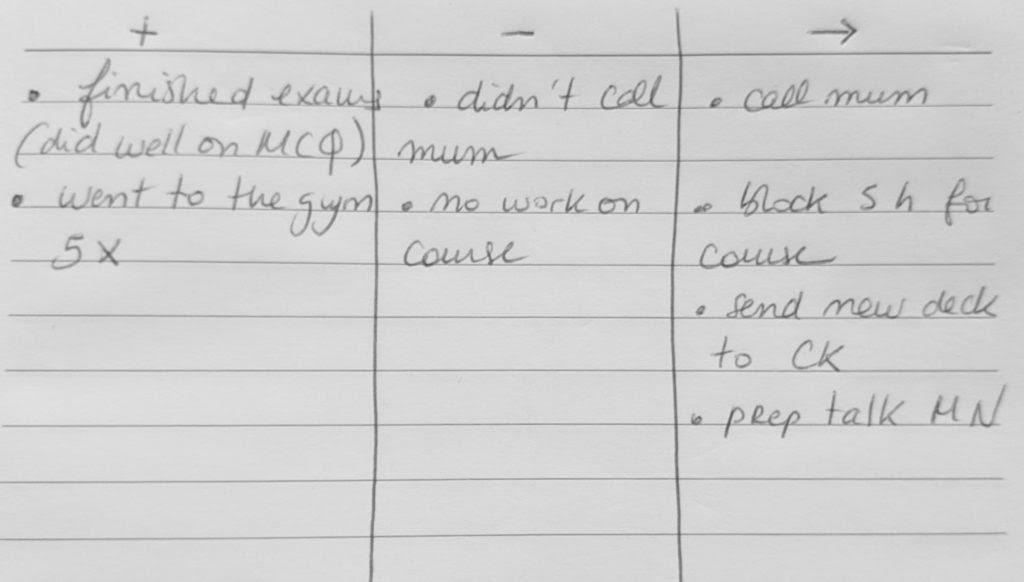
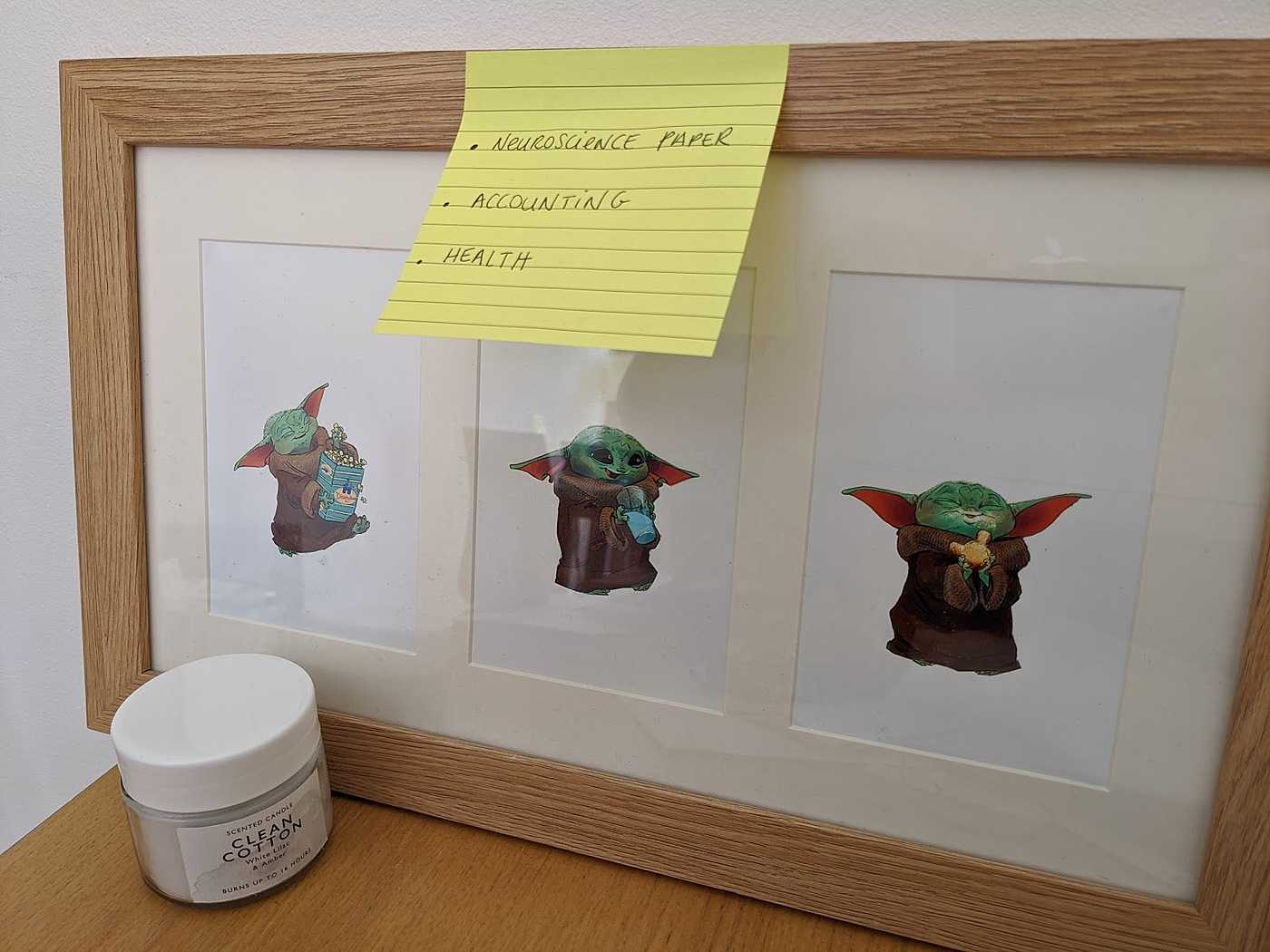
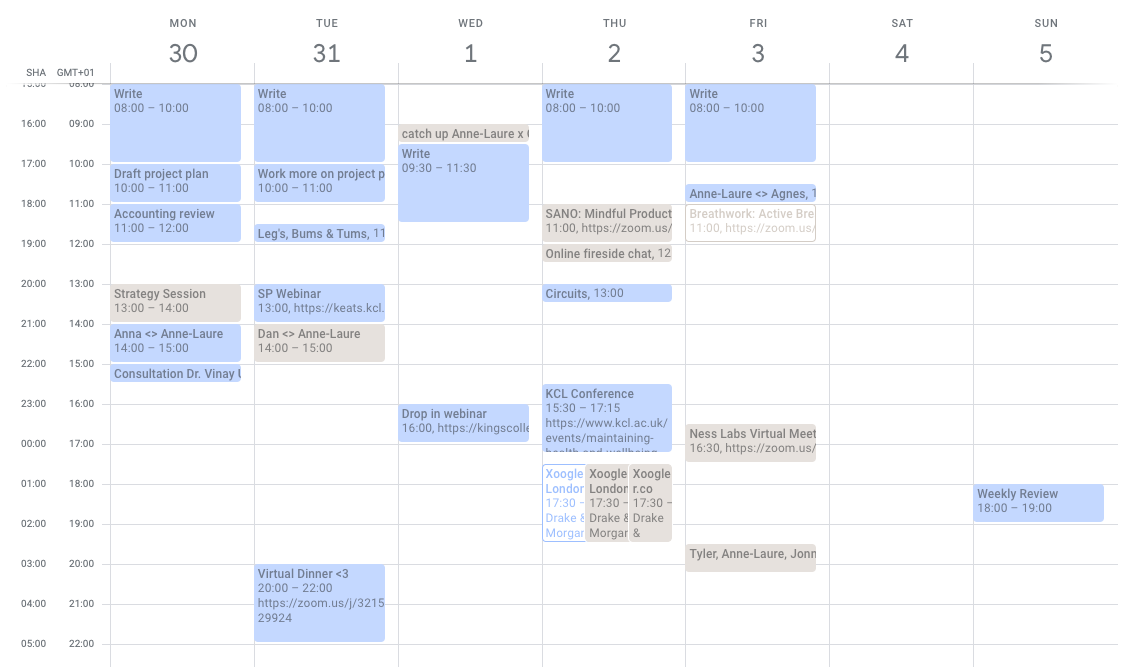









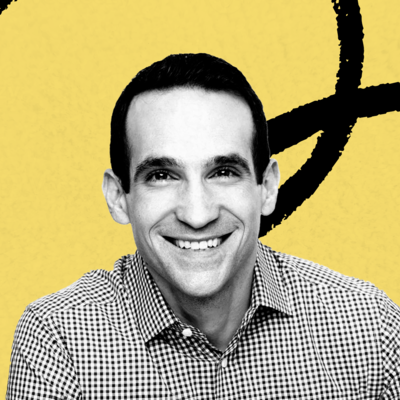


Comments
Don't have an account? Sign up!